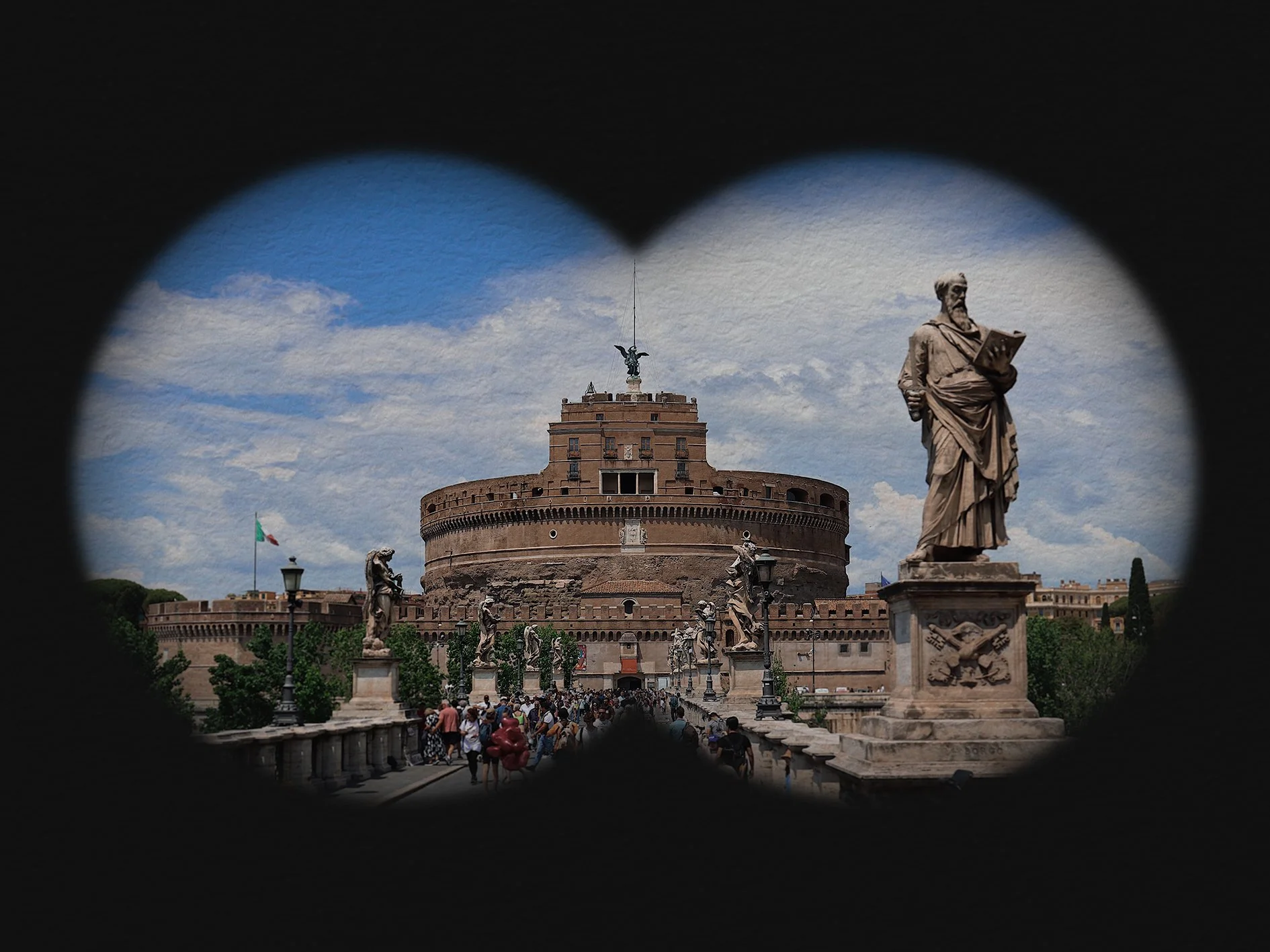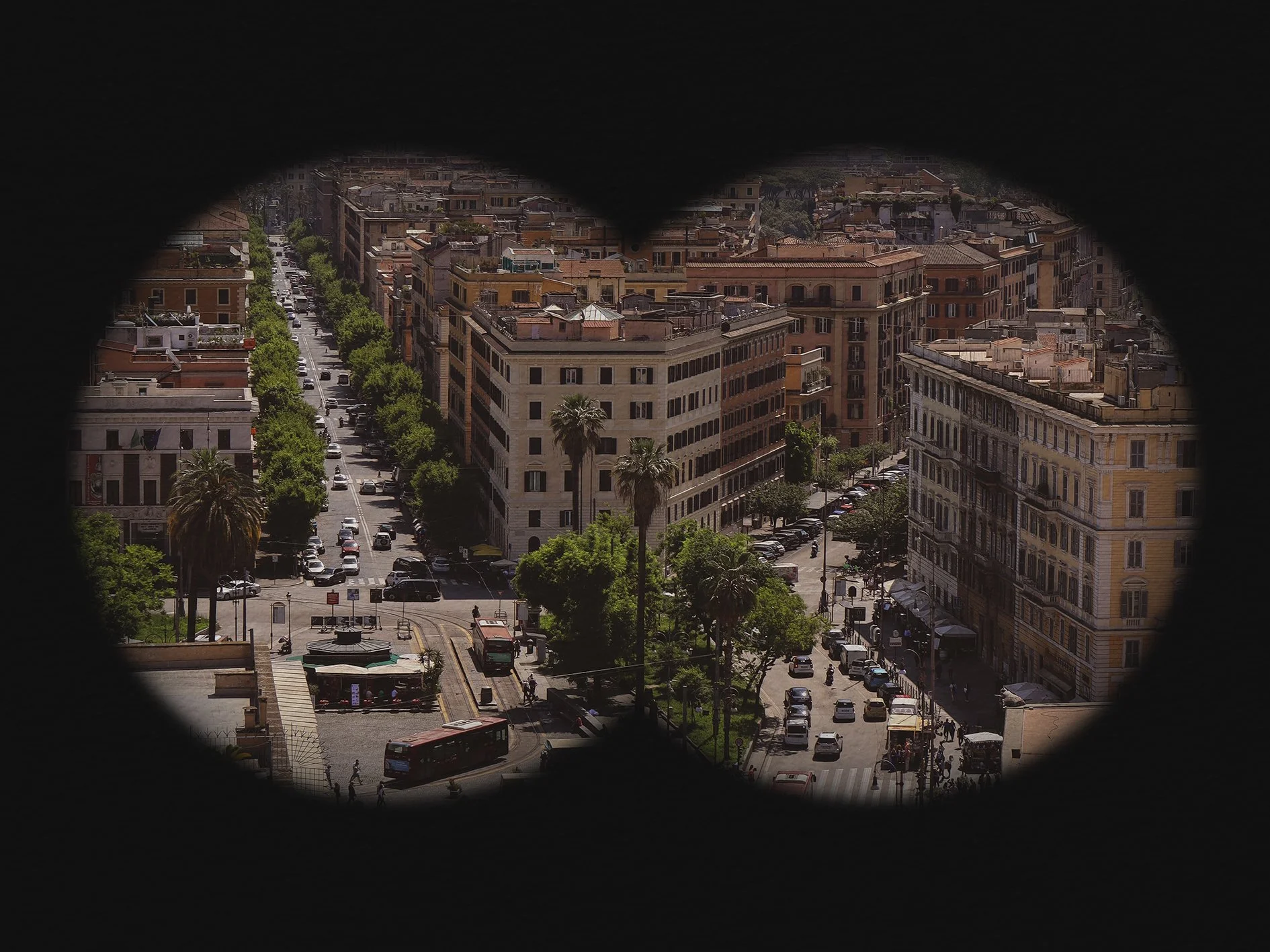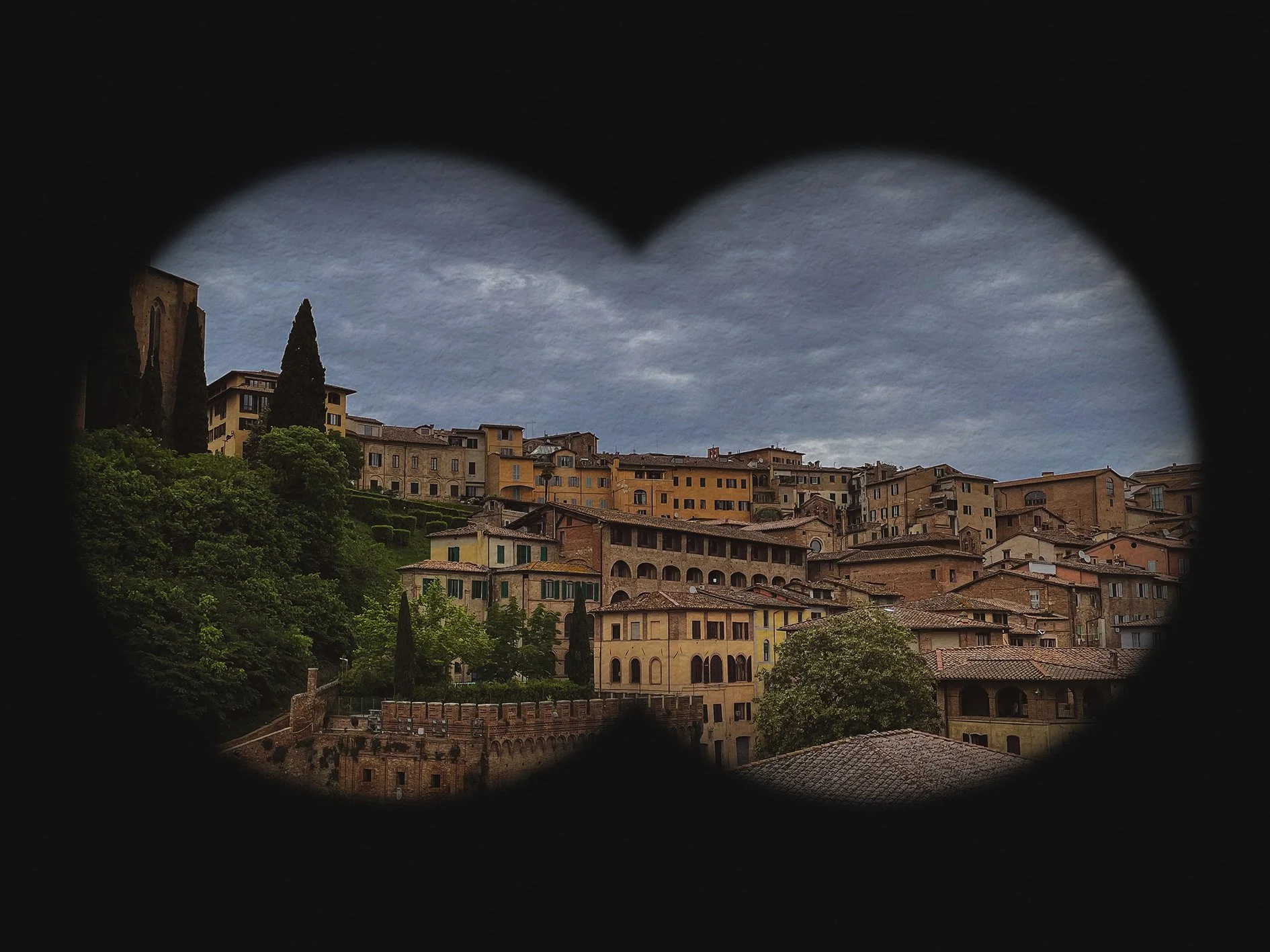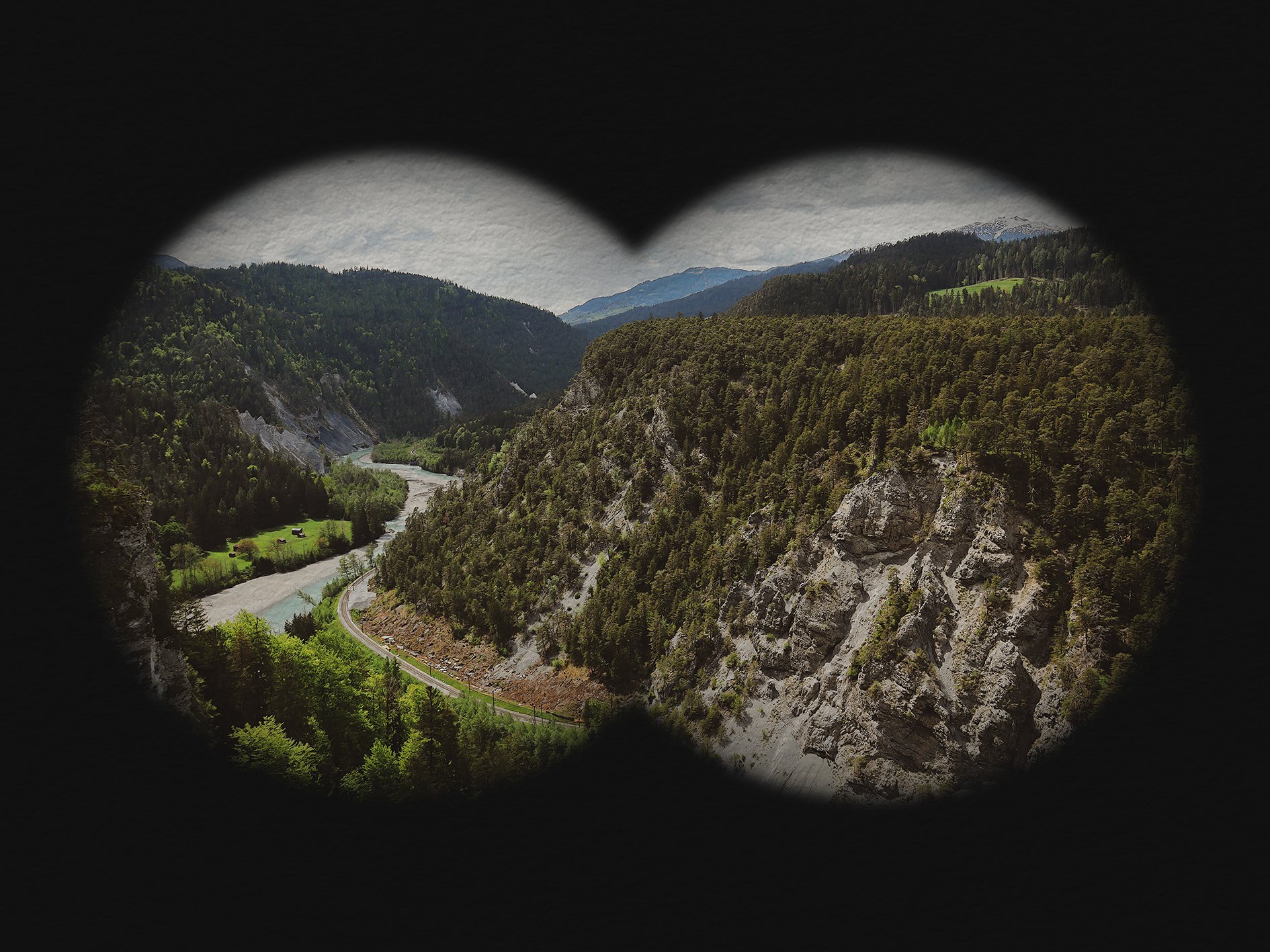My Passion for Photography
Photography has been a hobby of mine for a long time, during which I have honed my skills through various classes and workshops. This passion has not only allowed me to capture the beauty of the world around me but has also profoundly influenced my approach to interior design.
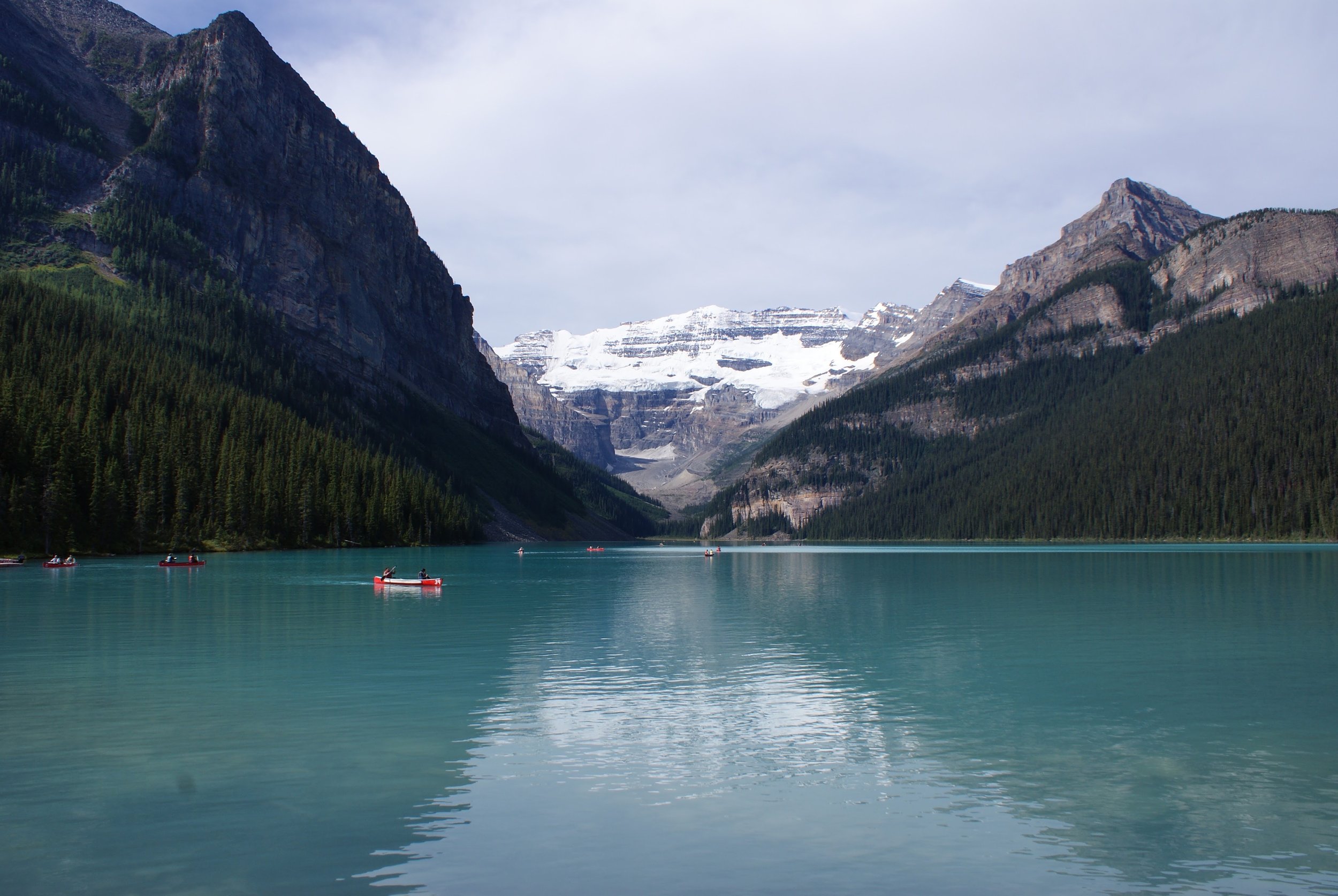
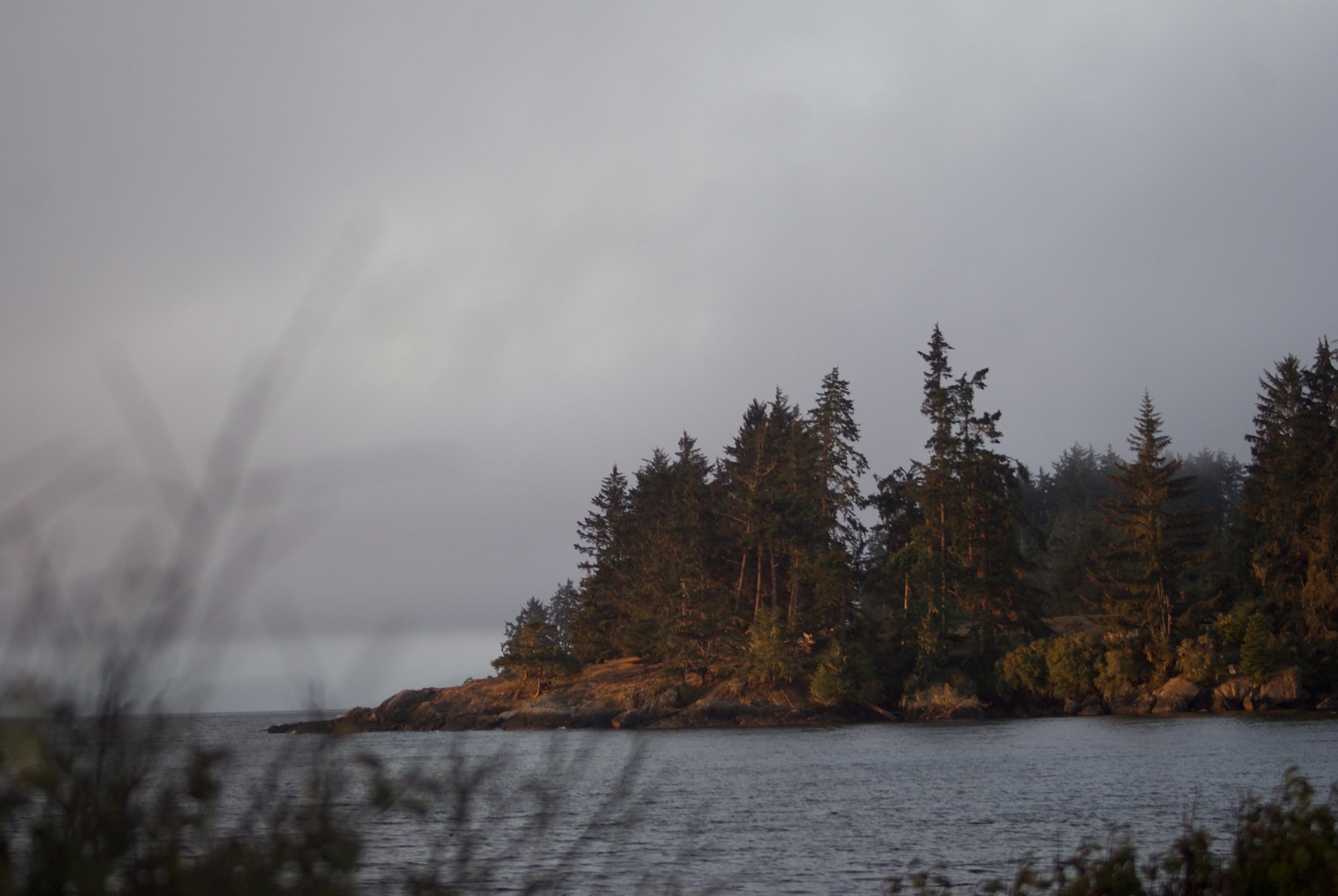
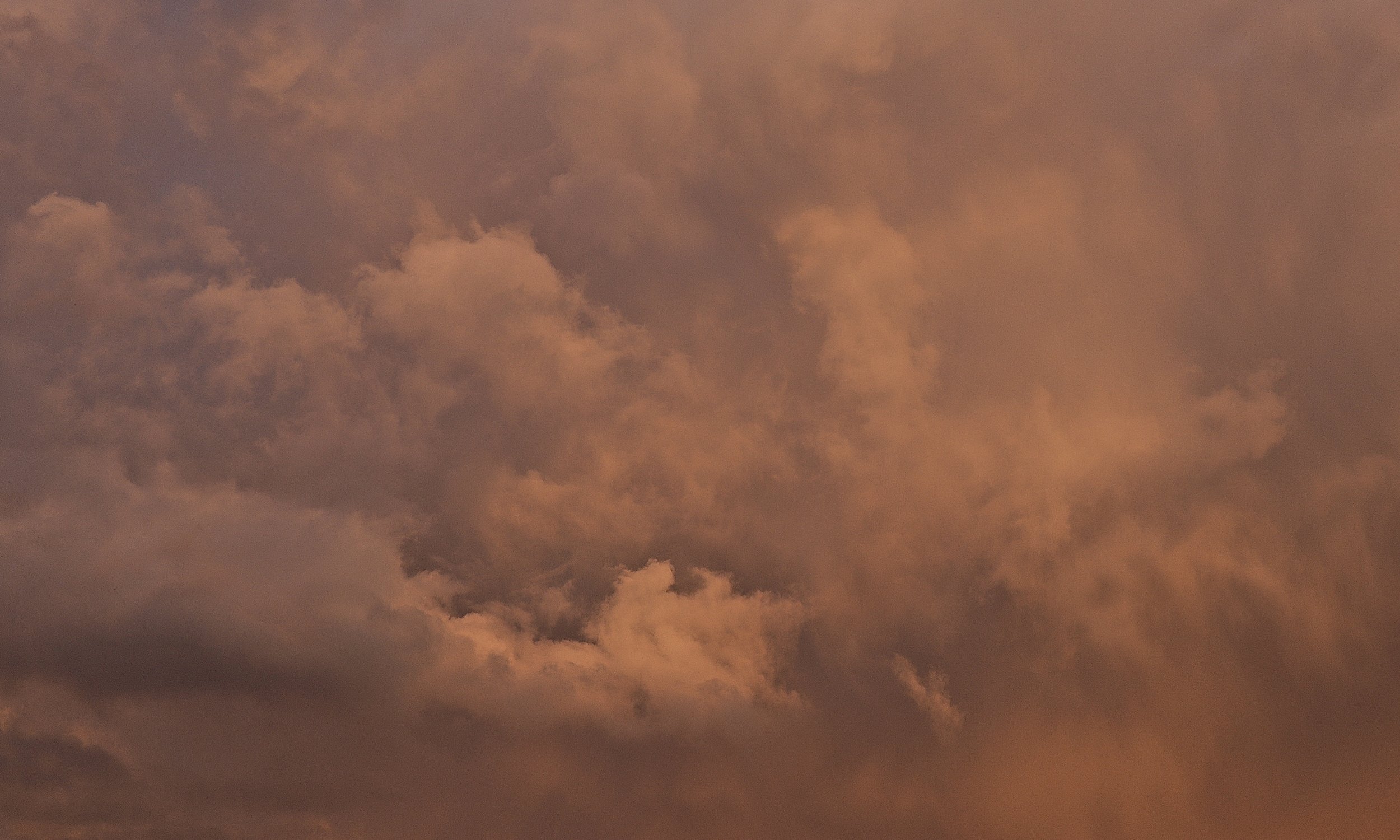
Over the past 7 years, I have taken numerous photography classes that have expanded my technical skills and artistic sensibilities. These classes have covered everything from basic camera settings to advanced composition techniques, and they have been instrumental in shaping my photographic style. This continuous learning process keeps me inspired and motivated, always seeking new ways to merge my love for photography with my passion for interior design.
Transforming Reality Through Creativity
Image manipulation is a fascinating and powerful aspect of digital art that allows me to transform ordinary photographs into extraordinary visual experiences. This creative process involves altering, enhancing, and combining images using various software tools to achieve a desired effect or convey a specific message. My journey into image manipulation has opened up a world of endless possibilities, enabling me to push the boundaries of creativity and imagination.
Macro Photography
Macro photography is a specialized form of close-up photography that involves capturing images of small subjects at a very close range, often magnifying them to a size greater than their actual size.
In the realm of macro photography, even the smallest subjects can leave a lasting impression!
Macro photography unveils the hidden poetry in the miniature world, where every detail tells a story, and the tiniest subjects become giants of intricate beauty
Macro Photography Tips!
-
With magnified macro shots, any movement is amplified in the picture. Which is why it’s important to keep the shutter speed high.
With a tripod, aim for around 1/200.
Without a tripod, stay above 1/320.
-
For the smallest subjects, it’s better to use a higher aperture setting between f/8 and f/11.
For subjects larger than one inch, you can use a lower f-stop between f/2.8 and f/10.
-
Cleaning up any minor issues caused by experimenting with camera settings, while also adjusting elements like colour, shadows, and sharpness helps elevate the image





